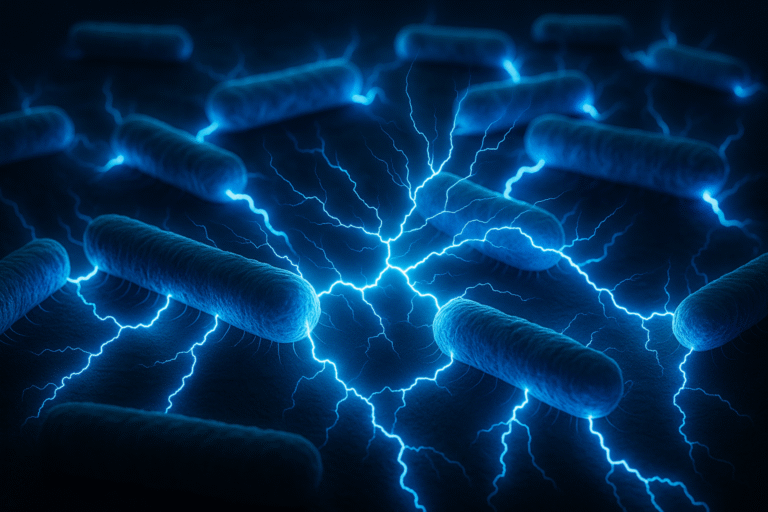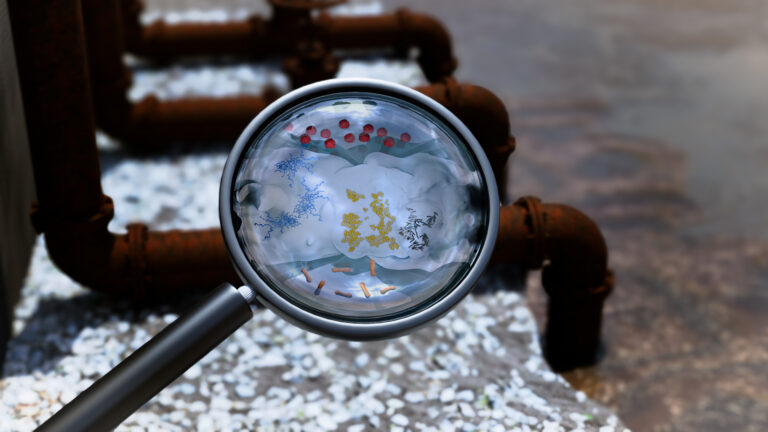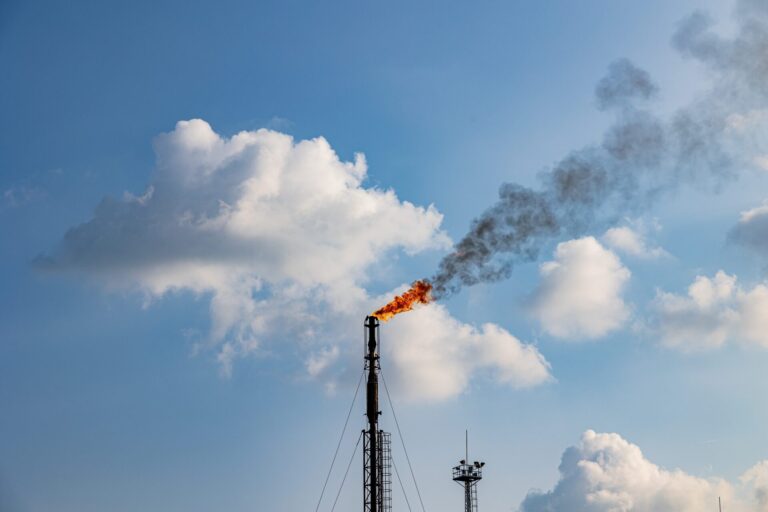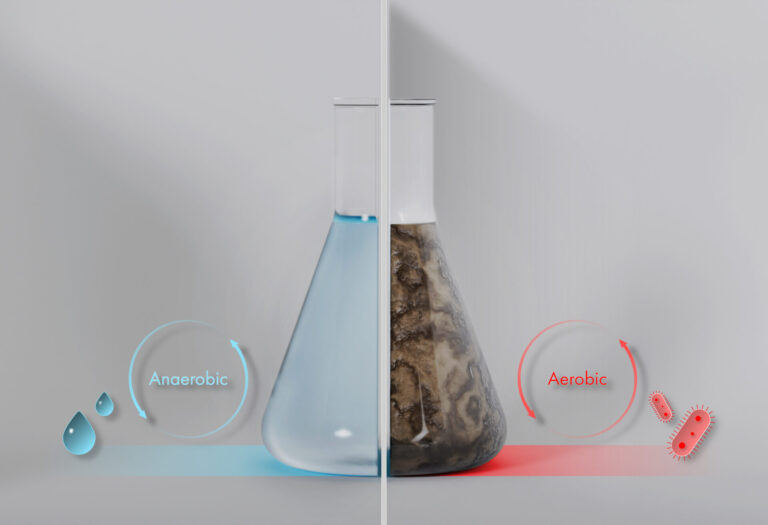Environmental Science and Engineering
Casting a net for a sustainable water network
Global water challenges addressed through improvements to desalination techniques and limits to waste.

Freshwater resources are becoming increasingly valuable and worryingly scarce as they come under pressure from climate change and global population growth. KAUST’s Water Desalination and Reuse Center (WDRC), led by Hans Vrouwenvelder, aims to find innovative solutions for the global challenge of a sustainable infrastructure for water security.
Within this remit, Vrouwenvelder and his colleagues are optimizing existing technologies and developing novel water-treatment methods to transform the water cycle. The Center focusses on three flagship research themes: waste to resource, water security and greener desalination.
“Several of our research projects focus on recovering water, energy, minerals and nutrients from wastewater that would otherwise be lost,” says Vrouwenvelder. For example, Peiying Hong and her team aim to demonstrate that by combining treatments, wastewater itself can be made into a safe, valuable water resource.
Wastewater has considerable potential value as a water resource, especially in arid regions, like Saudi Arabia. “Our Kingdom partners, both in industry and government, are rapidly implementing the results of our Center’s work,” notes Vrouwenvelder. “They are requesting our assistance to anticipate upcoming changes in environmental legislation, too.”
Because agriculture consumes around 80 percent of freshwater supplies in Saudi Arabia, largely taken from unsustainable underground aquifers, food production and food security in the Kingdom are intricately linked to water security. Matthew McCabe and his team are monitoring agricultural water use and collecting satellite, UAV and ground data to determine more efficient use of water and improve crop yields.
There are two main methods of desalination: thermal desalination, which involves heating salt water until the fresh water evaporates and is collected, and membrane desalination, in which salt water is pushed through filters to separate the salt from water molecules. There are opportunities to make each method greener and more efficient, but both methods require significant energy, often fueled by oil. “All current desalination processes in the Kingdom use oil, directly or indirectly,” says Vrouwenvelder. “At present, there are limited opportunities for solar-powered desalination because the energy requirements are high and the technologies are difficult to scale up.”
KAUST’s innovative start-up company MEDAD has taken steps to improve the efficiency of thermal desalination by creating a hybrid process. “MEDAD has added a stage at the end of the traditional process, which involves the adsorption of water molecules into a silica gel, lowering the condensation temperature” says Vrouwenvelder. “This means we can extract more fresh water using the same amount of energy.”
Membrane desalination comes with its own added challenges. While salt is removed to yield desalinated water, the membrane through which it passes accumulates microorganisms that ultimately compromise the efficiency of the membrane and the quality of the desalinated water. This is Vrouwenvelder’s area of specialization. “We are tackling the growth of bacterial films, or biofilms, on desalination membranes, pipes and cooling towers because they affect cost, quality, reliability and safety of water across the network,” he explains.
“At KAUST we have the benefit of testing our work on our desalination and wastewater treatment pilot plants,” says Vrouwenvelder. “Under the greener desalination theme, researchers are working to reduce associated environmental impacts by improving efficiency, reducing or eliminating the use of chemicals, recovering resources used during the process, and refining and optimizing membrane technologies.”
However, all desalination processes can trigger further environmental problems. When leftover brine is pumped back into the ocean, it can lead to the development of highly saline, dense layers of water that rest on the seafloor, impeding oxygen flux and killing marine life.
“In addition, brines can contain concentrated nutrients and toxic chemicals that are added during the desalination process,” says Carlos Duarte, marine biologist at KAUST’s Red Sea Research Center. “WDRC researchers are seeking solutions to this—brines either need to be recycled, cleaned or diluted prior to being discharged.”
Brains for Brines Challenge
To find solutions, the WDRC and The Red Sea Development Company, along with other partners in the Kingdom, are launching the “Brains for Brine Challenge.” This challenge will bring the innovation required to provide potable water to a luxury resort being created by the Red Sea Development Company on an archipelago of islands in the northern section of the sea.
“We are calling for fresh ideas and new perspectives from young scientists, engineers and innovators from different fields to address the challenge of managing brine in an environmentally sustainable manner,” says Martin Stahl at The Red Sea Development Company. “The ideal proposal will not only eliminate discharge to the sea, but also provide a commercially viable, ecological solution for managing recovered salts.”
All submitted ideas will be judged by The Red Sea Development Company and the WDRC, and the most promising will be developed into plans. Up to three submissions will be selected as first prize winners and the brains behind each will be awarded 10,000 USD. The winners will have the opportunity to pilot their solution as a Red Sea Development Company startup, in conjunction with the Red Sea Project, one of three gigaprojects announced by HRH Crown Prince Mohammad bin Salman bin Abdulaziz Al-Saud in 2017.
“Central to the Red Sea Project is a commitment to set new standards in sustainable development and to protect, preserve and enhance the stunning natural environment that makes the destination so unique,” says Stahl. “One initiative is to achieve zero discharge, 100 percent wastewater reuse, and no brine discharge into the lagoon environment—this is where Brains for Brine will have a true impact.”
References
- Link to Brains for Brine challenge or e-mail brains4brine.challenge@kaust.edu.sa
You might also like

Environmental Science and Engineering
Bacteria reveal hidden powers of electricity transfer

Environmental Science and Engineering
Wastewater surveillance tracks spread of antibiotic resistance

Bioscience
Super fungi survive extreme Mars-like environments

Environmental Science and Engineering
Rethinking food systems to restore degraded lands

Environmental Science and Engineering
Combat climate change by eliminating easy targets

Environmental Science and Engineering
Wastewater treatment to fight the spread of antibiotic resistance

Bioscience
Digging into the world of plant-growth-promoting microbes

Bioscience




